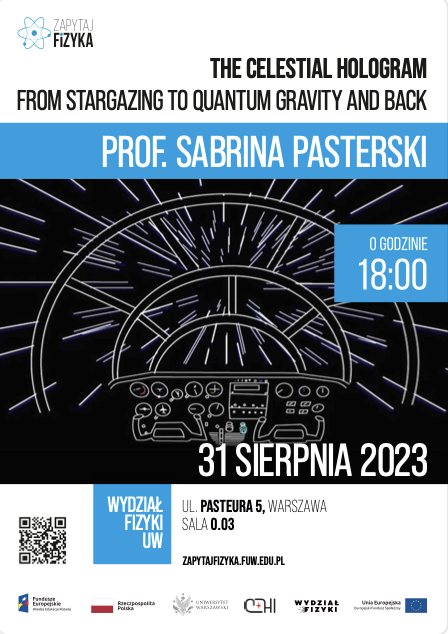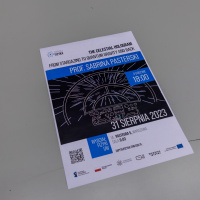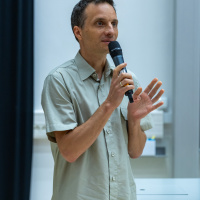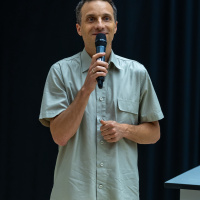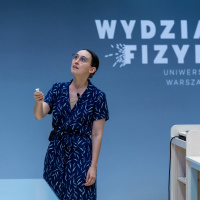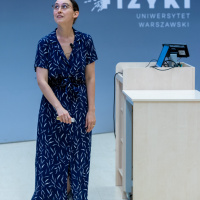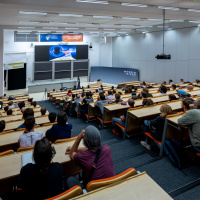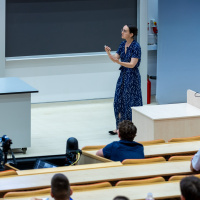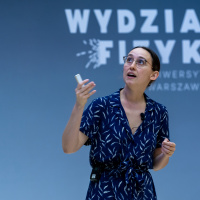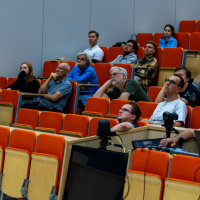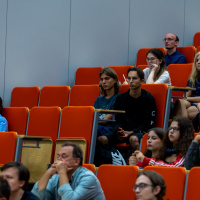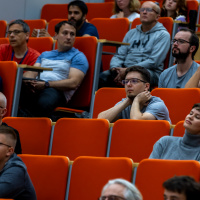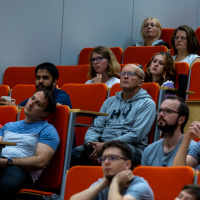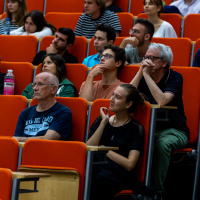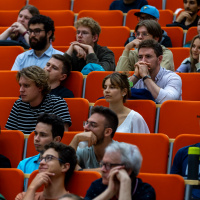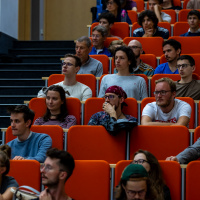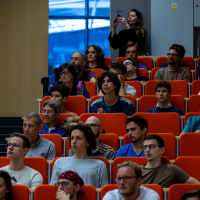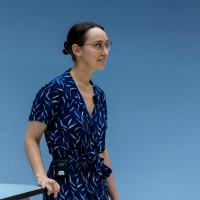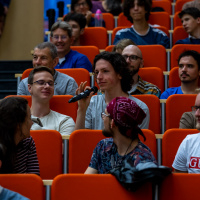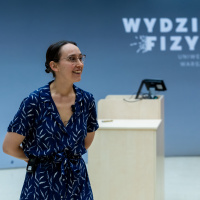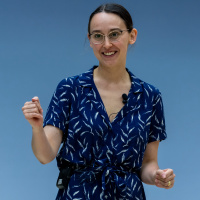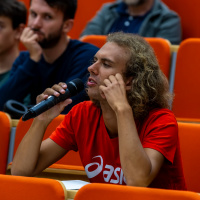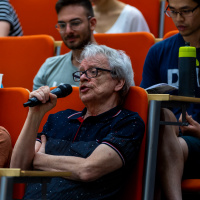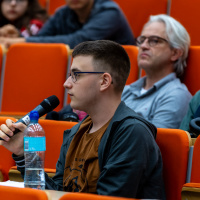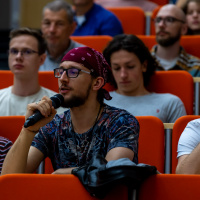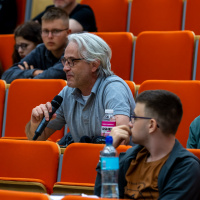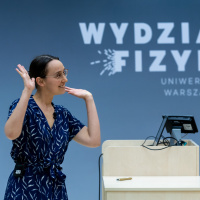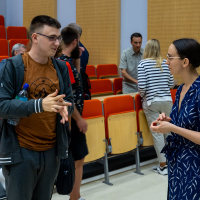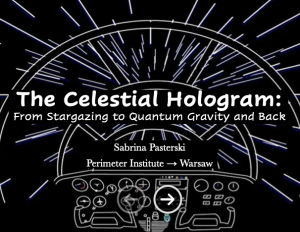W ramach projektu „Zapytaj fizyka” organizujemy serię wykładów popularnonaukowych, wygłaszanych przez znamienitych naukowców i popularyzatorów nauki. Wykłady te odbywają się mniej więcej raz na miesiąc na Wydziale Fizyki Uniwersytetu Warszawskiego (ul. Pasteura 5, sala 0.03).
The Celestial Hologram: From Stargazing to Quantum Gravity and Back
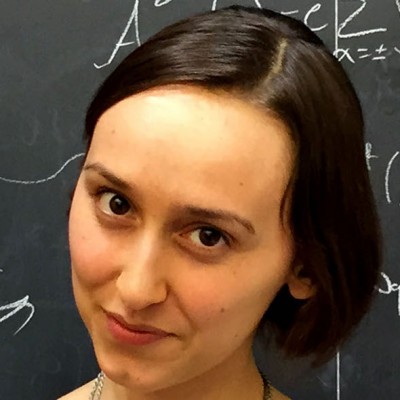
Prof. Sabrina Pasterski
Sabrina Gonzalez Pasterski (PhD Harvard University, 2019) is a high energy theorist who joined the Perimeter Institute faculty in 2021 after completing a Postdoctoral Fellowship at the Princeton Center for Theoretical Science. She is a young leader in recent efforts to understand the holographic nature of asymptotically flat spacetimes. She has seminal contributions elucidating the imprint of asymptotic symmetries in the dual celestial formulation of gravity, discovering infinite dimensional symmetry enhancements of the S-matrix, a new observable memory effect in gravity, a framework for generalizing these IR features to other theories, and a systematic method to recast S-matrix elements as co-dimension 2 CFT correlators. As the founder and principal investigator of Perimeter’s Celestial Holography Initiative, she is leading a team of amplitudes, mathematical physics, and quantum gravity researchers to jointly tackle this problem of encoding our universe as a hologram.
Sabrina Pasterski is very active in scientific community and beyond. She received various prizes and recognitions, which include: Scientific American 30 under 30 (2012), Forbes 30 under 30 in Science (2015), Physics Rising Star Award from MIT (2016), Marie Claire Young Women’s Honors Genius Award (2016), a judge for Forbes 30 under 30 (2017), Discovery Canada’s International Women’s Day Honoree (2018). She is involved in various initiatives promoting science for girls. She has been portrayed by various media worldwide, including Wysokie Obcasy and other ones in Poland.
Abstract:
The holographic principle suggests that the laws of physics governing our universe can be explained by a simpler, equivalent theory defined on the edge of spacetime. However, its realizations in String Theory are associated with a type of universe that doesn’t resemble ours. Recent advancements that leverage infrared physics have helped us apply this principle to spacetimes that look more like our own, giving us new symmetries that constrain the relevant laws of physics. Celestial Holography proposes that our universe can be understood as a projection on the night sky. This new approach involves an exciting collaboration of researchers from various subfields: from quantum field theory, to mathematical physics, and quantum gravity. This talk will explore how our age-old fascination with the night sky merges with cutting-edge advancements in our understanding of quantum gravity.


